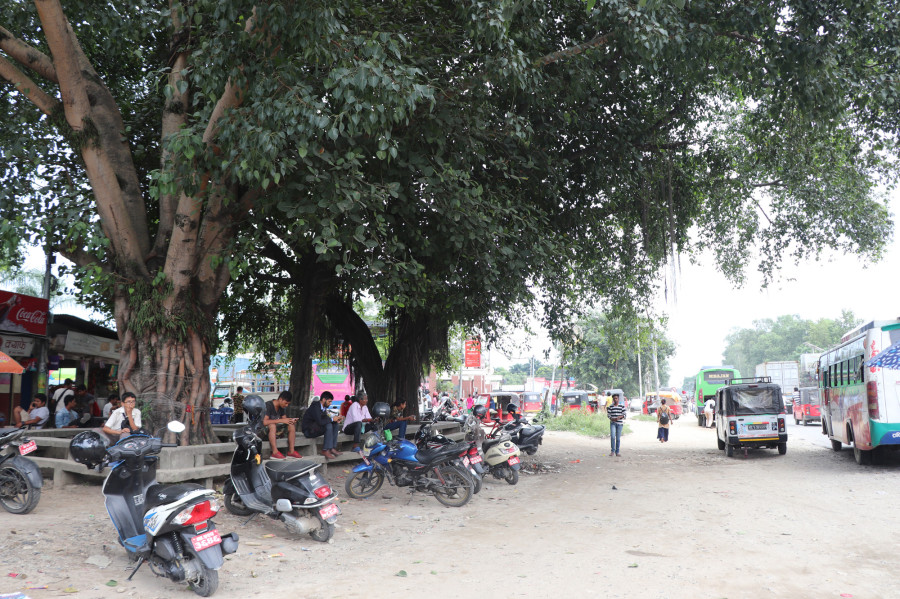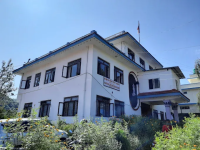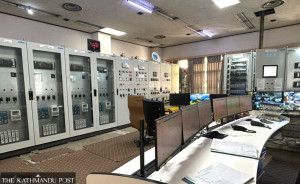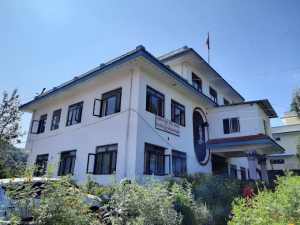Bagmati Province
Where have all the chautaris gone?
As chautaris disappear and locals voice concerns, Bharatpur Metropolis pushes forward the idea of building “smart” chautaris.
Pramita Dhakal
Chatauris—resting spots that usually have a tree or two—are integral to Nepal’s culture. They make for the perfect spot for people to rest and chat, while also serve religious importance. Chautaris have spawned several songs, from Khola Wari Khola Pari Pipalu Ra Bara (a romantic number by Madan Krishna Shrestha) to the era-defining pop song Deurali Ko Chautari Ma, by Sanjeep Pradhan. There are several other examples.
But of late, in Chitwan, the chautaris are fast disappearing. Ironically, while the songs are still popular, the chautari are nowhere to be found. The chautaris are being brought down to ease housing projects or road constructions. The trend to construct pratikshyalas, also resting spots but with a roof, is also on the rise. No thought has gone into the conservation of chautaris, say locals.
This has particularly concerned 70-year-old Hom Nath Poudel, a writer who lives in Bharatpur-10. On a recent afternoon, Poudel was sauntering around a cornered chautari in his neighbourhood by Birendra Campus Chowk. “I don’t know what to think of increasing urbanisation, but the loss of chautaris has troubled me,” Poudel said.
Poudel then proceeded to tell the story of his life and its connection to the chautaris. “This chautari has witnessed several festivals, fast-unto-deaths, protests,” said Poudel. “Chautaris are the witnesses of history.”
Poudel said he has taken into account the number of chautaris brought down over the last ten years. Fifty-four in total, he says. Four years ago, during the expansion of Chaubish Kothi to Lions Chowk road stretch, two chautaris and the four “holy trees” they housed were brought down without much thought, said Poudel.
The 2013 Heritage Conservation Act and a 2016 mandamus issued by the Supreme Court opted for the conservation of chautaris. The Court has ordered that ecology and heritage should not be destroyed in the name of development. But the order has not been taken into consideration in the case of Chautaris. They continue to get destroyed.
Anita Khanal, another local from Bharatpur-10, is concerned about the ecology that the chautaris once promoted. “There was a chautari right before our home, where the birds would frequent,” said Khanal. With the loss of the chautari, she says birdsongs are now a rarity.
Sixty-eight-year-old Lakshmi Adhikari says the younger generation doesn’t care about the importance of chautaris. “We can never forget the perfect resting spot that chautaris would make,” said Adhikari. “Chautaris, and the trees on it, are important for religious purposes. Now we grow trees in our home to worship.”
To address locals’ concerns regarding the loss of chautaris, Bharatpur metropolis has brought into a new policy to conserve them, stating that the chautaris like the city will now be “smart”. Arun Pidit Bhandari, spokesperson of the metropolis and chair of Ward No. 10, said that in case chautaris obstruct infrastructure development works, they will be demolished and a new chautari will be constructed in a suitable area. “It’s not that we want to destroy the chautaris,” Pidit Bhandari said. “We have pushed forward the idea of smart chautaris, to conserve the chautaris and the sentiments they evoke while also continuing development works.”
The “smart” chautari the metropolis envisions will have temples, resting space, drinking water facility and electricity for one to charge their phones, said Bhandari.




 7.12°C Kathmandu
7.12°C Kathmandu











%20(1).jpg&w=300&height=200)

